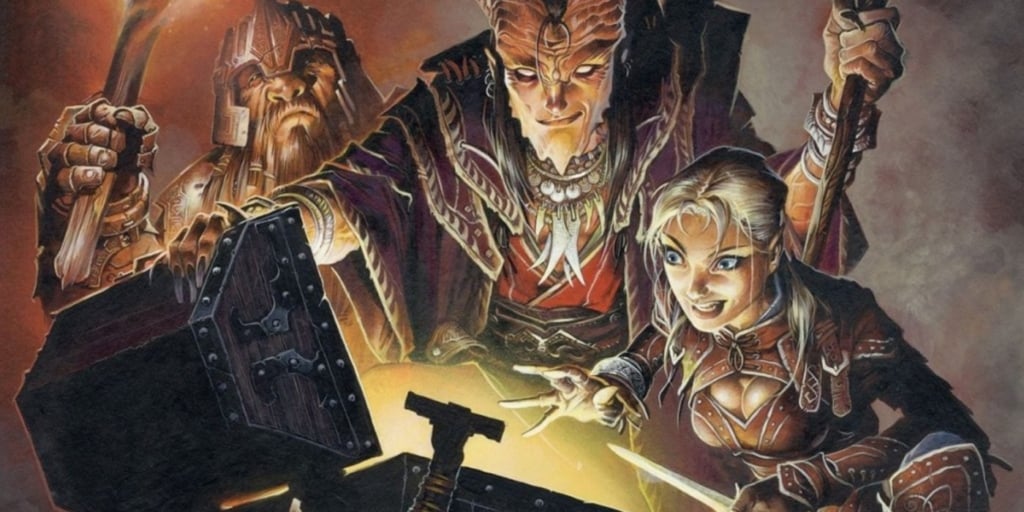D&D 5.5E: The New Ranger is All About Hunter’s Mark – For Better or Worse
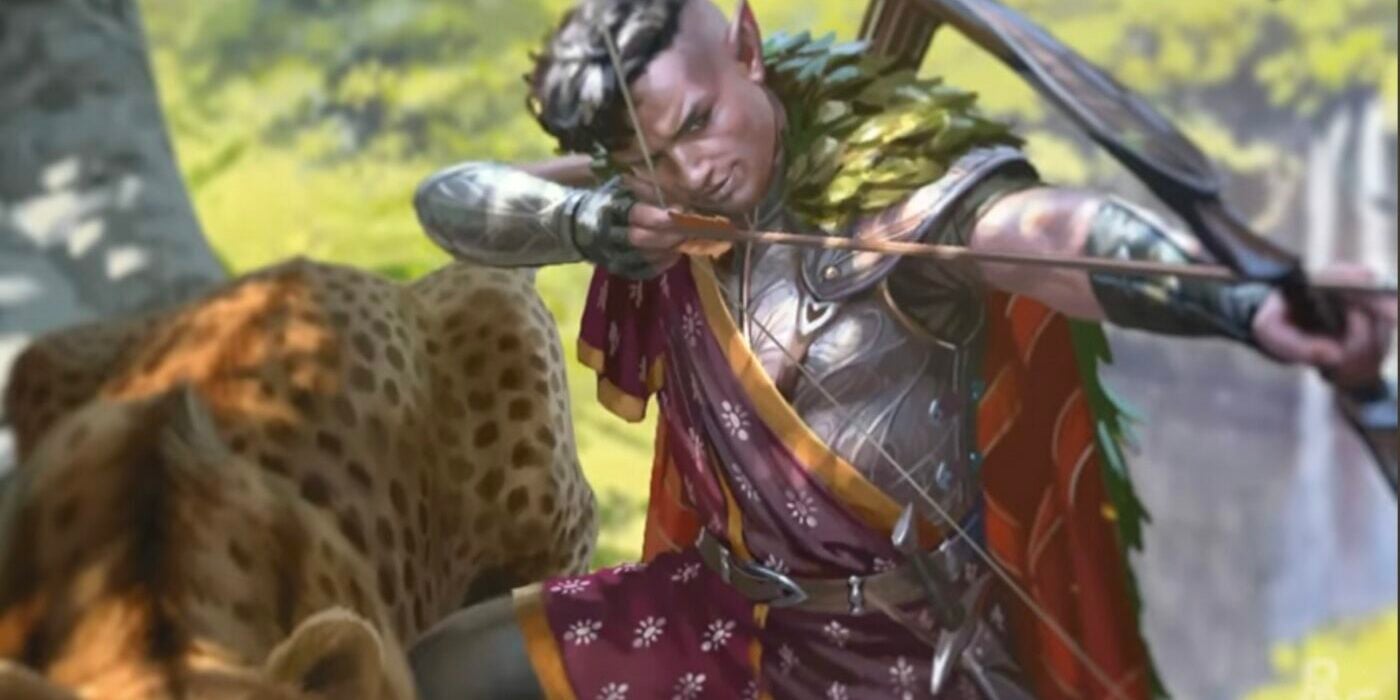
WotC unveiled the new 5.5E Ranger today in their longest video yet, because it’s so different. And yet, still very Hunter’s Mark-centric.
Rangers have long gotten the short end of the stick when it comes to 5E. The Ranger, as it existed in the 2014 Player’s Handbook was widely regarded as overall pretty weak. It was lacking in terms of identity and style.
That’s something WotC hopes to change with the new 5.5E Ranger. Blending elements from the Tasha’s Cauldron of Everything Ranger update, elements from the Unearthed Arcana Playtests, and more, the new Ranger wants to be better.
But, a first level spell hangs over the class like an inescapable rain cloud: Hunter’s Mark. Let’s take a look.
The 5.5E Ranger Can’t Escape Hunter’s Mark
First, the really good stuff. Rangers are mobile, and have a lot more features that support the idea that they’re the ultimate magical nature warrior. Specifically, they have the Deft Explorer’s extra feature from Tasha’s Cauldron of Everything, including the way it progresses up, though these are now individual class features. And this is a huge benefit for Rangers. It means that over the course of their character, they gain Expertise in up to three skills, a bonus to your move speed of ten extra feet while you’re not wearing heavy armor, as well as a climb and swim speed.
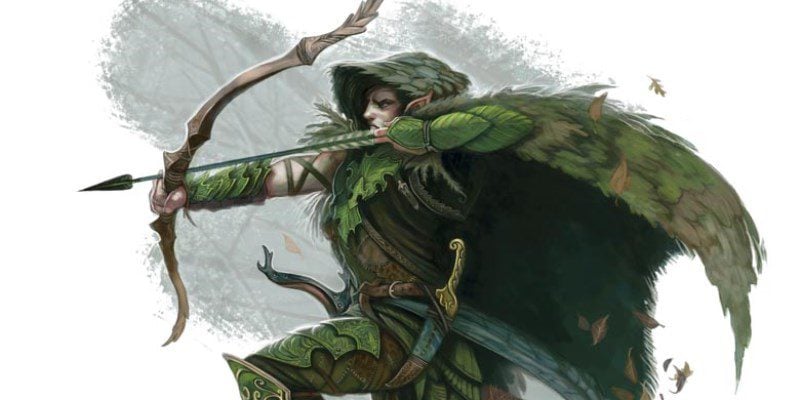
As a Ranger you also get spells starting at level 1. And on top of that, you can prepare spells, so you can swap them out from a list, instead of relying on a single list of spells known. Being able to swap out prepared spells is pretty cool. You also get Weapon Mastery properties which are cool to have. And eventually you’ll gain Blindsight, can become Invisible as a bonus action, and so on.
All of this is very cool stuff. It feels really satisfying. But man, does the Hunter’s Mark spell cast a long shadow over Rangers. A good chunk of their higher level class features, as well as their subclass features, rely on you casting Hunter’s Mark. And you get it for free, a few times per day. But you also have to concentrate on it to get the full benefits of your class. Like gaining advantage against targets of that spell (level 17), or taking damage doesn’t break your concentration on it (level 13), or deal more damage with it (level 2). And the big problem is all of these are high level features.
The level 20 feature, in particular, is pretty underwhelming. You change your Hunter’s Mark spell from doing 1d6 to 1d10. And that’s it. Which is especially troubling because you will often want to have concentration on other spells. But with the free castings, you won’t be hosing yourself completely if you drop Hunter’s Mark to cast another concentration spell.
Ranger Subclasses
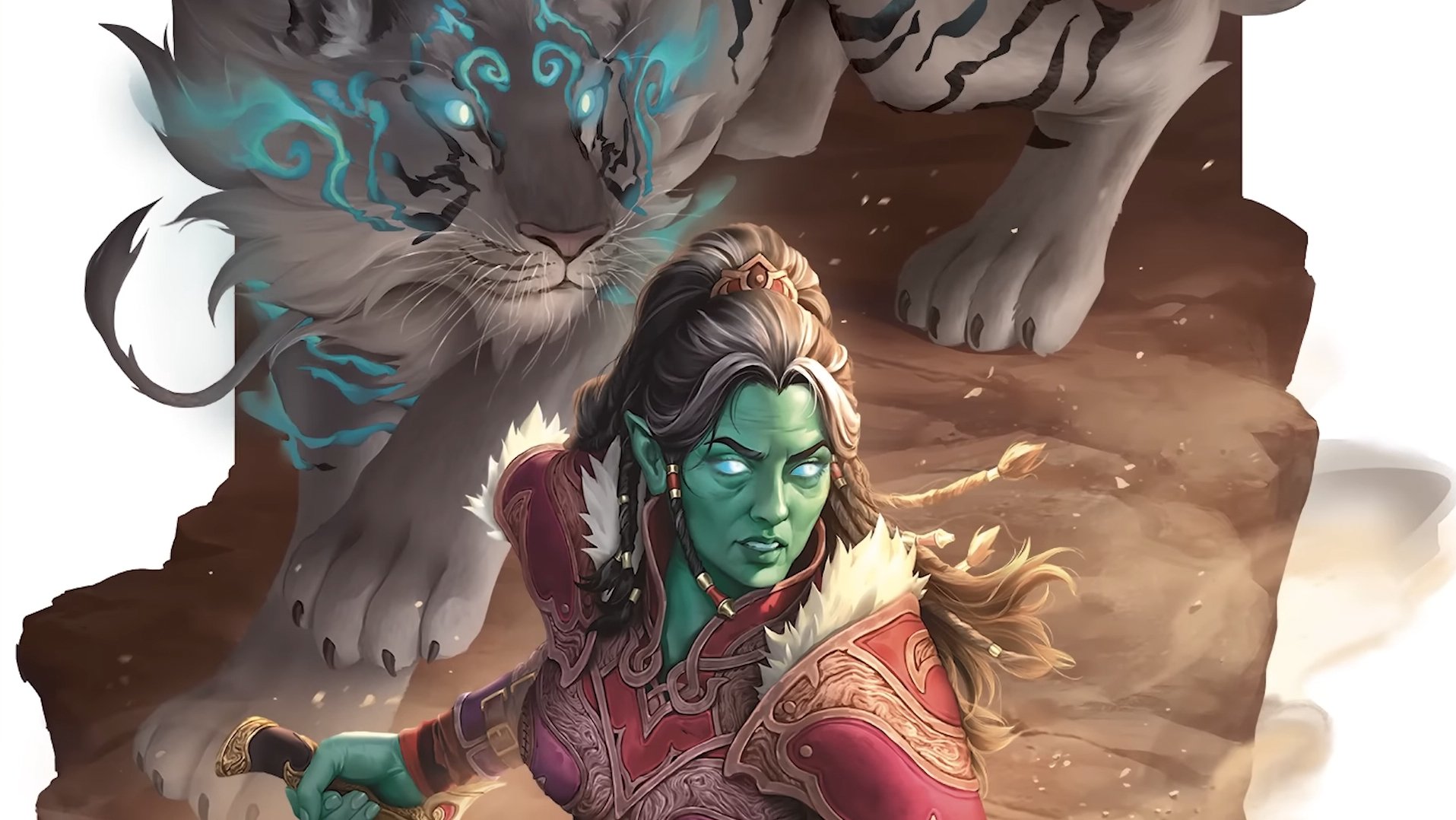
What about the subclasses though? Well, the four you might expect are all here. There’s Beastmaster, which is significantly improved from the 2014 version. Beastmaster now works a lot like it did in Tasha’s Cauldron. You summon an animal creature that uses a specific Primal Companion stat block that reflects what kind of creature it is. More importantly you can summon it either for free or with a spell slot, so you can keep them around if they die.
Your Primal Companion can also get better attacks, has better armor class, and can even Dodge as a Bonus Action. But then Hunter’s Mark rears its inescapable head once more, as you can share some of your benefits with your Primal Companion once per turn.
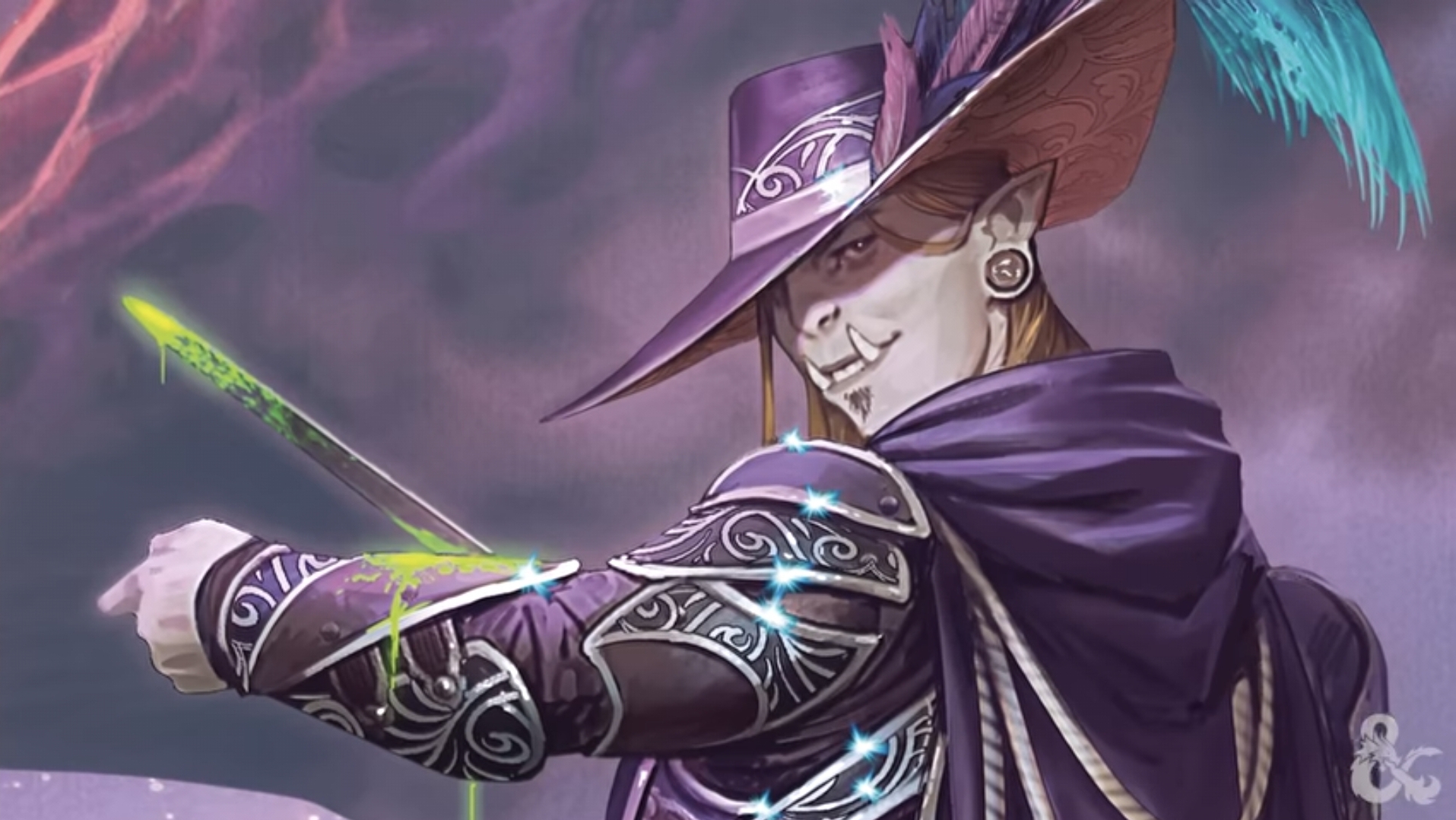
Fey Wanderers, meanwhile, apparently got a buff. While they’re not too different from the original appearance in Tasha’s Cauldron, they’re stronger, and have spells like Summon Fey and others always prepped and ready to cast.
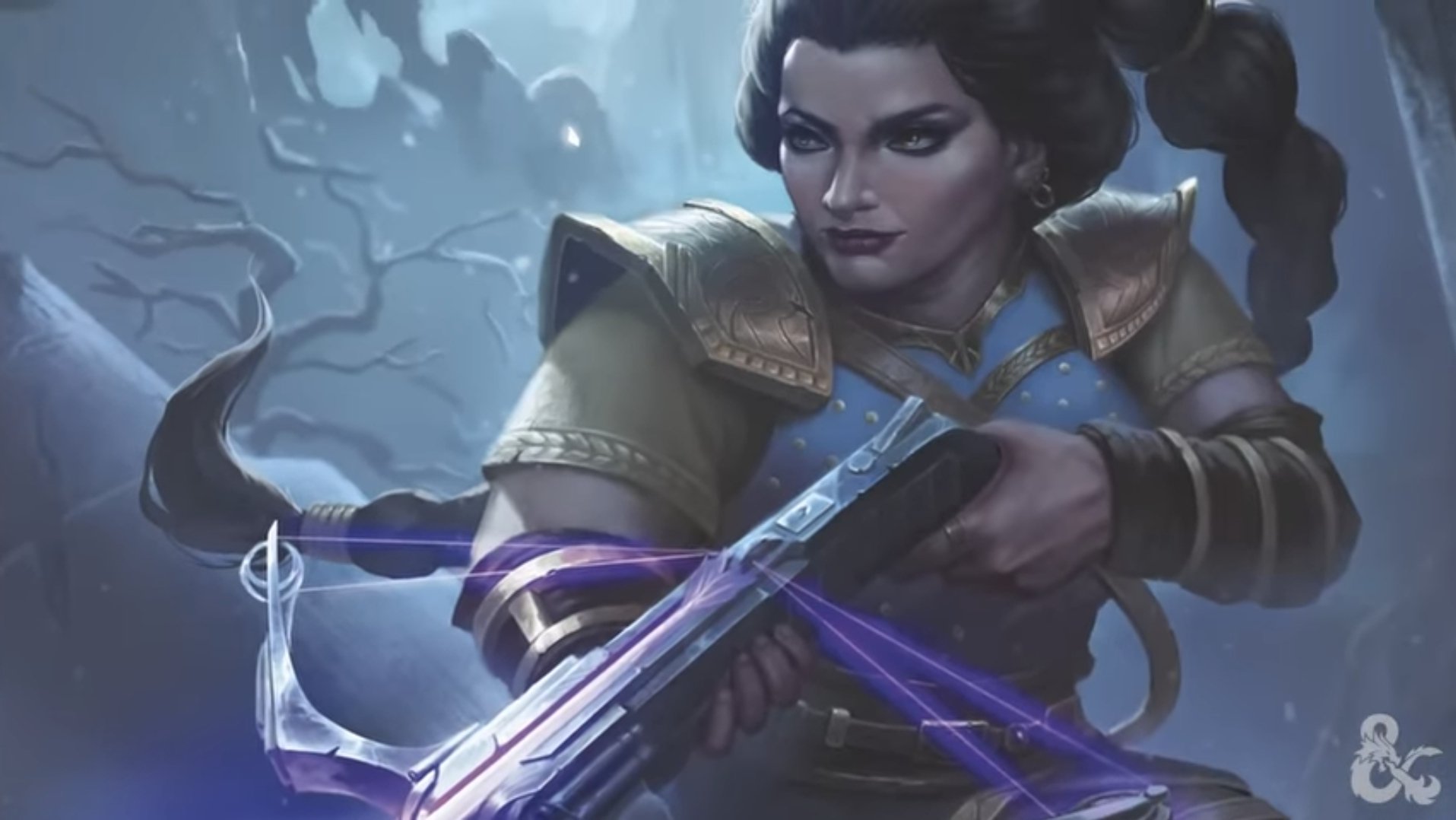
Gloom Stalkers, aka Ranger Batman got a bit of a nerf. Now instead of getting to do a whole extra attack on your first round of combat, thanks to Dread Ambusher, you instead just add extra damage to hit a few times per day. You also can now Frighten characters you hit with Dread Ambusher. But otherwise, it looks a lot like it did in Tasha’s.
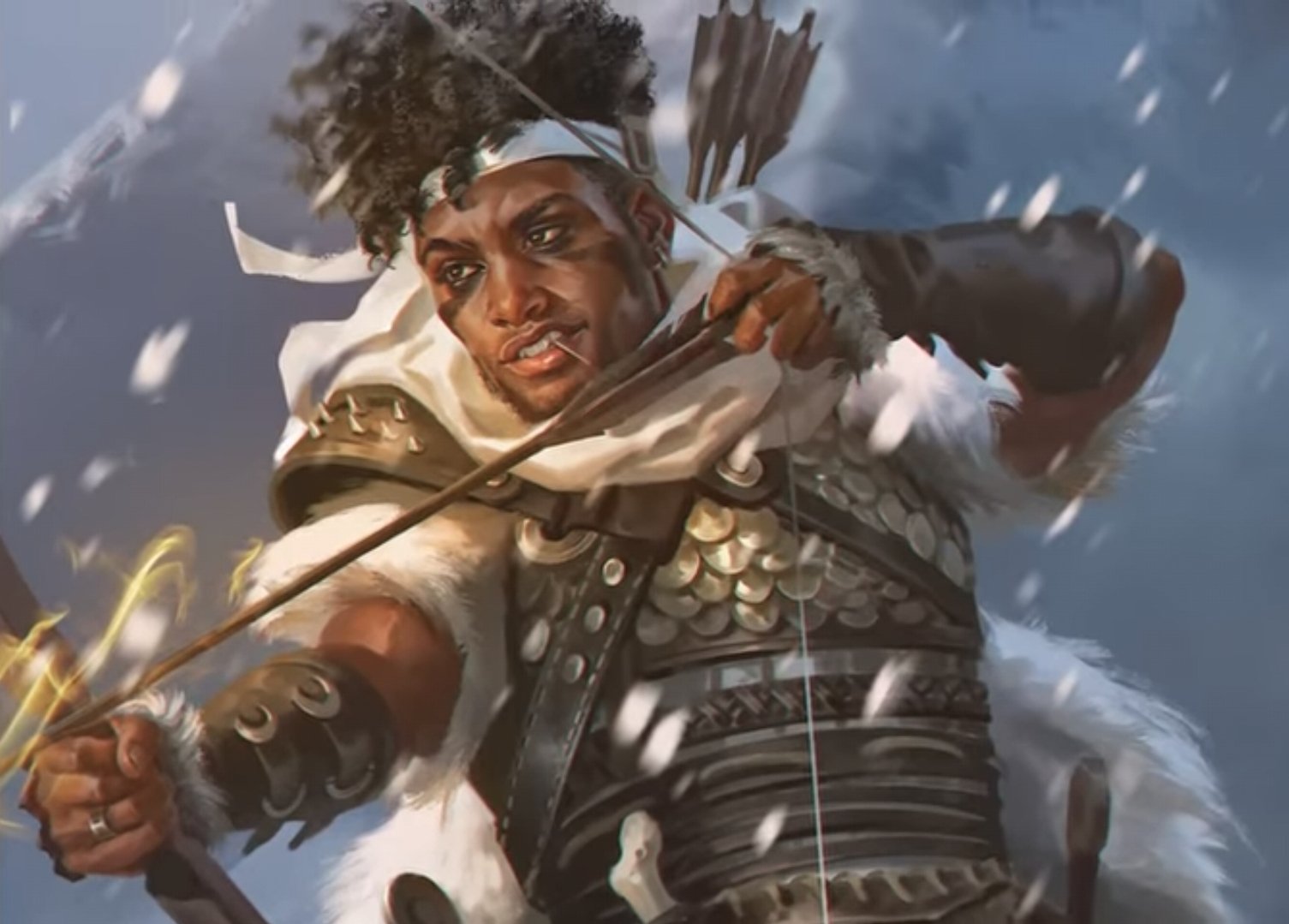
The new Hunter subclass is wildly different. Now you gain two options from Hunter’s Prey and Defensive Tactics, meaning you can switch up between taking on big targets, or groups of little ones, all of which are pretty cool. And your Hunter’s Mark spell tells you if creature’s are immune or resistant or vulnerable to damage, among other things.
Again, it’s more incentive to cast a Level 1 spell. Maybe you’ll get to upcast the spell for free, but I doubt it. And it’s not bad that Rangers have the spell and are good with it. But with how much seems to center around what you do with the spell, it feels like the class loses out in other areas that could have had more broader class features or spells.
Especially since, if you’re Concentrating on Hunter’s Mark, you aren’t concentrating on one of the other spells in the Ranger’s list.
What do you think of the new Ranger? Has it, ironically, missed the mark? We’ll find out, September 17th!





